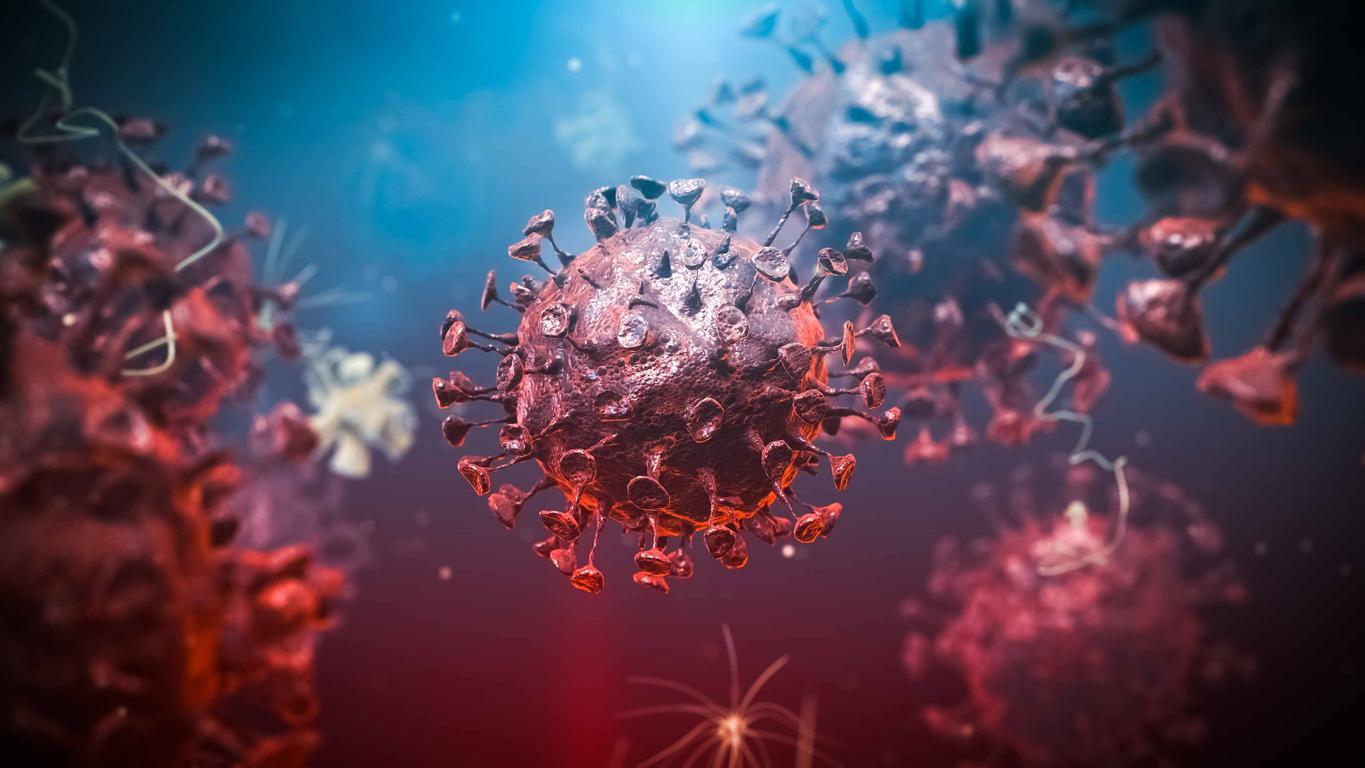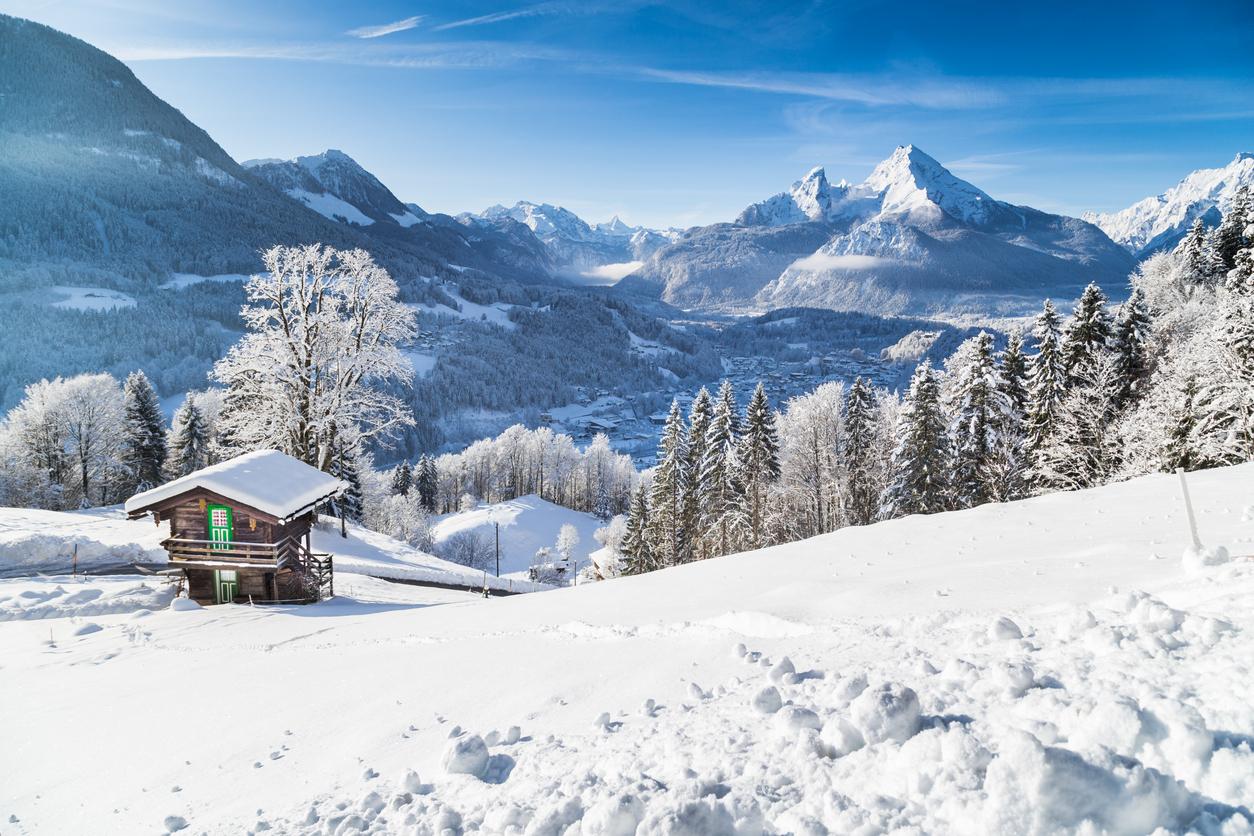The transmission of Covid-19 would be seasonal, in particular due to the impact of UV rays on the SARS-CoV-2 virus.

- Researchers have found that the higher the UV exposure, the lower the spread of covid-19, without revealing the mechanism behind this effect.
A new study tends to demonstrate that SARS-Cov-2 likes the cold, which would partly explain the violence of the second epidemic wave in France and in other countries of the northern hemisphere. “Understanding the potential seasonality of Covid-19 transmission could help us better respond to the pandemic in the months ahead.” first said Jonathan Proctor, director of research and fellow at the Harvard Center for the Environment.
What mechanism is responsible for this effect?
His team found that the higher the UV exposure, the lower the spread of Covid-19, without uncovering the mechanism behind this effect. Concretely, it could be that UV destroys the coronavirus on surfaces and in aerosols, or that people go outside more on sunny days, transmitting the disease less to each other. It is even possible that UV rays reduce susceptibility to Covid-19 by stimulating the production of vitamin D and strengthening the immune system.
To assess the impact of UV rays on Covid-19, the scientists crossed meteorological data from 3,000 sites (from 170 countries) and statistics on the spread of the virus in these same places. They then found that the spread of Covid-19 tended to be lower in the weeks following higher UV exposure. Specifically, the increase in UV between winter and summer resulted in a 7 percentage point decrease in the growth rate of Covid-19.
A seasonal pattern
“These results suggest that the incidence of Covid-19 may have a seasonal pattern, spreading more rapidly in winter, when it is darker, than in summer,” continues Jonathan Proctor, who still encourages people to maintain barrier gestures when the sun is out. Species related to Covid-19, such as MERS, have already been shown to be sensitive to UV radiation.
.
















